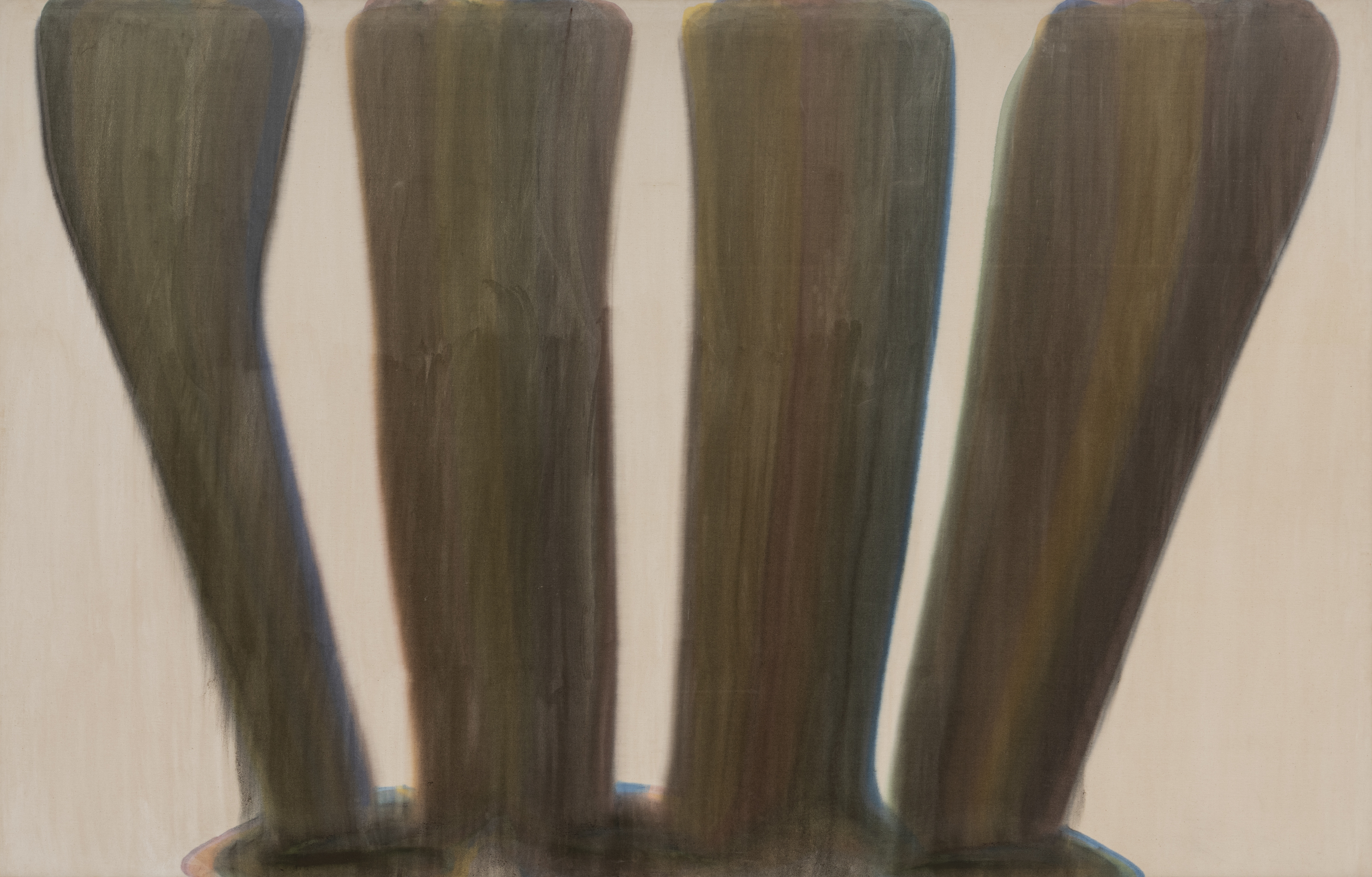Morris Louis
(Baltimore, Maryland, 1912 - 1962, Washington, D.C., United States)
Untitled
1958
Acrylic on canvas
91 1/2 x 142 5/8 in. (232.4 x 362.2 cm)
Collection of the Akron Art Museum
Gift of the Mary S. and Louis S. Myers Family Collection
1982.10
Broc Blegen <broc>Robert Morris Estate <robertmorrisestate>
More Information
Washington, D.C.-based artist Morris Louis saw Helen Frankenthaler’s evocative use of stain painting firsthand on a spring 1953 visit to New York. In response, Louis began exploring how diluted acrylic paint could flow onto unprimed canvas, developing his signature style and achieving recognition as a leader of the Washington Color School, a loosely affiliated group of abstract painters. Beginning with poured veils of bright hues, Louis unified the composition with a wash of somber black, giving the painting the sense of an internal luminosity. Art critic Clement Greenberg noted, “the effect conveys a sense not only of color as somehow disembodied, and therefore more purely optical, but also of color as a thing that opens and expands the picture plane…”

